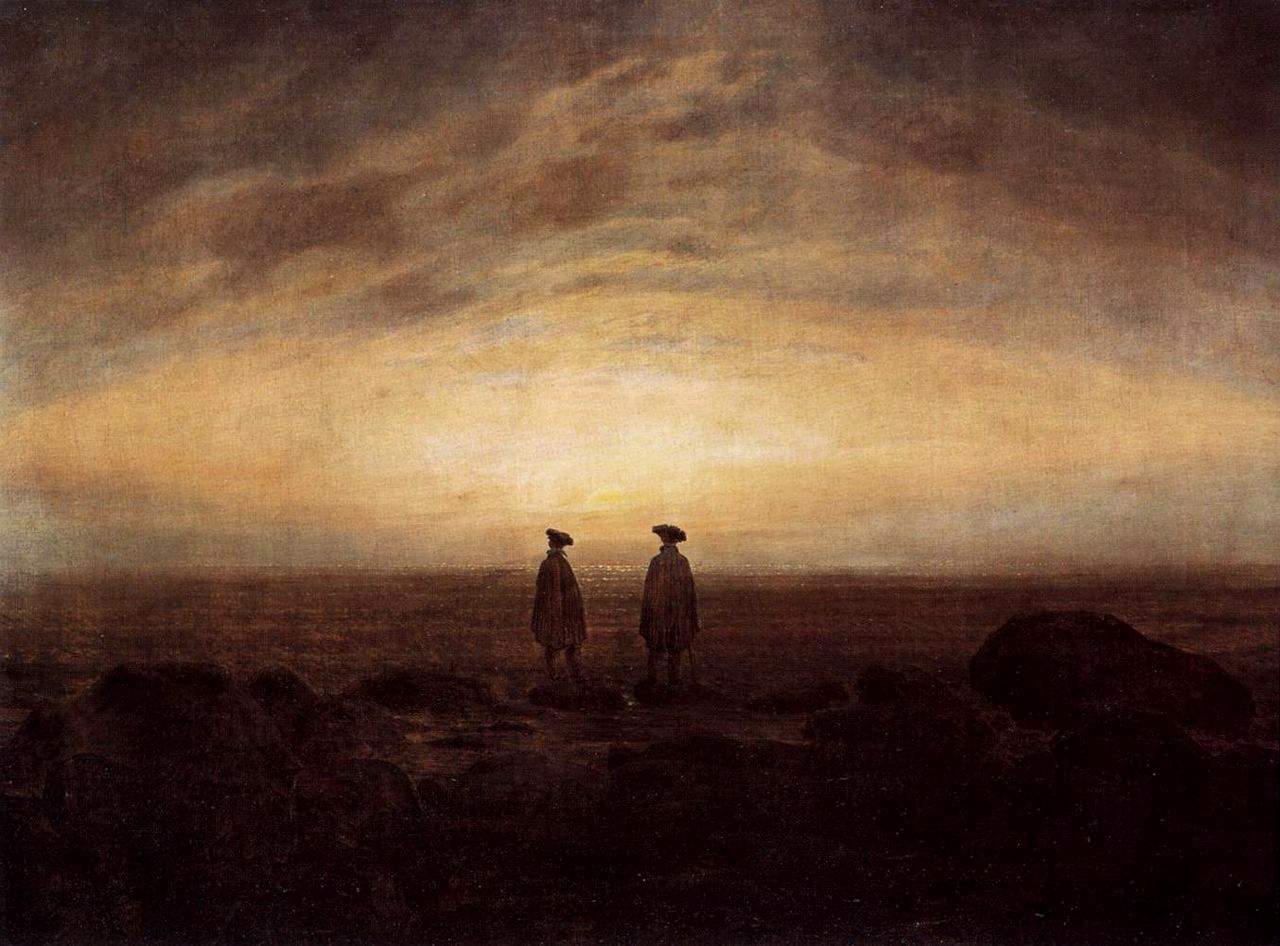The year 1816 is known as the Year Without a Summer, also the Poverty Year and Eighteen Hundred and Froze To Death, because of severe climate abnormalities that caused average global temperatures to decrease by 0.4–0.7 °C. That summer temperatures in Europe were the coldest on record between years 1766 and 2000. This resulted in major food shortages across the Northern Hemisphere.

Evidence suggests that the anomaly was predominantly a volcanic winter event caused by the massive 1815 eruption of Mount Tambora in April in the Dutch East Indies — which is known today as Indonesia. This eruption was the largest in at least 1,300 years — after the hypothesized eruption causing the extreme weather events of 535–536 — and perhaps exacerbated by the 1814 eruption of Mayon in the Philippines.
Why 536 AD was the worst year to be alive?

In 536 AD, there was a world-wide dust cloud that blocked out the sun for a full year, resulting in widespread famine and disease. More than 80% of Scandinavia and parts of China starved to death, 30% of Europe died in epidemics, and empires fell. No one knows the exact cause, however, scientists have hypothesized the volcanic eruptions as a notable cause.
1816 – the year without a summer

The Year Without a Summer was an agricultural disaster. The climatic aberrations of 1816 had the greatest effect on most of Asia, New England, Atlantic Canada, and parts of western Europe.
Effects of the year without a summer
In China, there was a massive famine. Floods destroyed many remaining crops. In India, the delayed summer monsoon caused an extensive spread of cholera. Russia was also affected.
Low temperatures and heavy rains resulted in failed harvests in various European countries. Food prices rose sharply throughout the countries. Riots, arson, and looting took place in many European cities. On some occasions, rioters carried flags reading “Bread or Blood”. It was the worst famine of 19th-century mainland Europe.
Between 1816-1819 major typhus epidemics occurred in parts of Europe, including Ireland, Italy, Switzerland, and Scotland, precipitated by malnourishment and famine caused by the Year Without a Summer. More than 65,000 people died as the disease spread out of Ireland and to the rest of Britain.
In North America, in the spring and summer of 1816, a persistent “dry fog” was observed in parts of the eastern United States. Neither wind nor rainfall dispersed the “fog”. It has been characterized as a “stratospheric sulfate aerosol veil“.
The cooler climate did not quite support agriculture. In May 1816, frost killed off most crops in the higher elevations of Massachusetts, New Hampshire, and Vermont, as well as upstate New York. On June 6, snow fell in Albany, New York, and Dennysville, Maine. In Cape May, New Jersey, frost was reported five nights in a row in late June, causing extensive crop damage.
New England also experienced major consequences from the unusual climate of 1816. In Canada, Quebec ran out of bread and milk and poor Nova Scotians found themselves boiling foraged herbs for sustenance.
What caused the 1816 disasters?
The aberrations are now generally thought to have occurred because of the April 5–15, 1815, Mount Tambora volcanic eruption on the island of Sumbawa, Indonesia.
Around this time, some other large volcanic eruptions also took place that latently caused the 1816 disasters:
- 1808, the 1808 mystery eruption (VEI 6) in the southwestern Pacific Ocean
- 1812, La Soufrière on Saint Vincent in the Caribbean
- 1812, Awu in the Sangihe Islands, Dutch East Indies
- 1813, Suwanosejima in the Ryukyu Islands, Japan
- 1814, Mayon in the Philippines
These eruptions had built up a substantial amount of atmospheric dust. As is common after a massive volcanic eruption, temperatures fell worldwide because less sunlight passed through the stratosphere.
Similar to Hungary and Italy, Maryland experienced brown, bluish, and yellow snowfall during April and May due to volcanic ash in the atmosphere.
High levels of tephra in the atmosphere caused a haze to hang over the sky for a few years after the eruption, as well as rich red hues in sunsets—common after volcanic eruptions.
The year 1816 inspired many creative masterpieces

The gloomy summer weather also inspired writers and artists. During that summer-less summer, Mary Shelley, her husband, the poet Percy Bysshe Shelley, and poet Lord Byron were on vacation at Lake Geneva. While trapped indoors for days by constant rain and gloomy skies, the writers described the bleak, dark environment of the time in their own ways. Mary Shelley wrote Frankenstein, a horror novel set in an often stormy environment. Lord Byron wrote the poem Darkness, which begins, “I had a dream, which was not all a dream. The bright sun was extinguish’d.” Many artists at the time, chose to polish their creativity with darkness, dread and silence of the Earth’s atmosphere.
Final words
This remarkable event highlights just how dependent we are on the Sun. Tambora’s eruption led to a relatively tiny reduction in the amount of sunlight reaching the Earth’s surface, and yet the impact in Asia, Europe and North America was dramatic. Artists’ creativities may appear to be engrossing but in 1816 the prospect of a world without the Sun seemed terrifyingly real.



